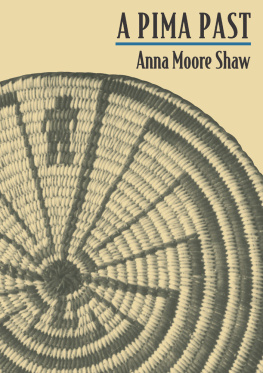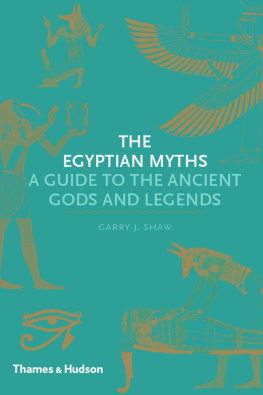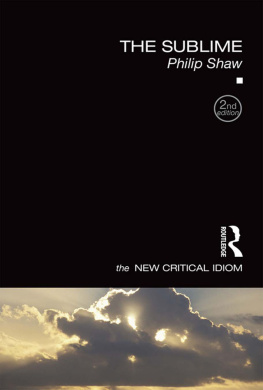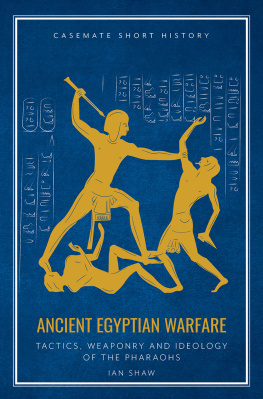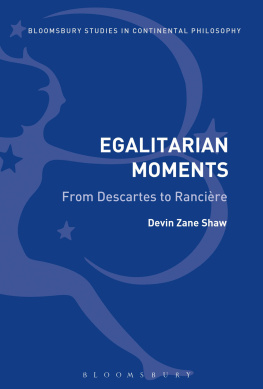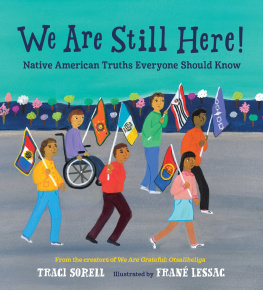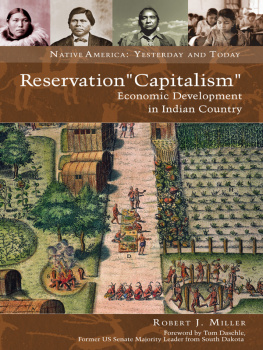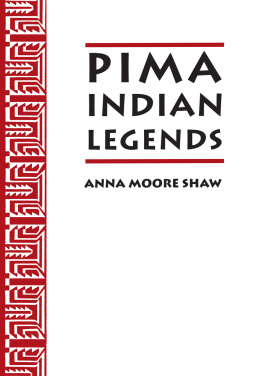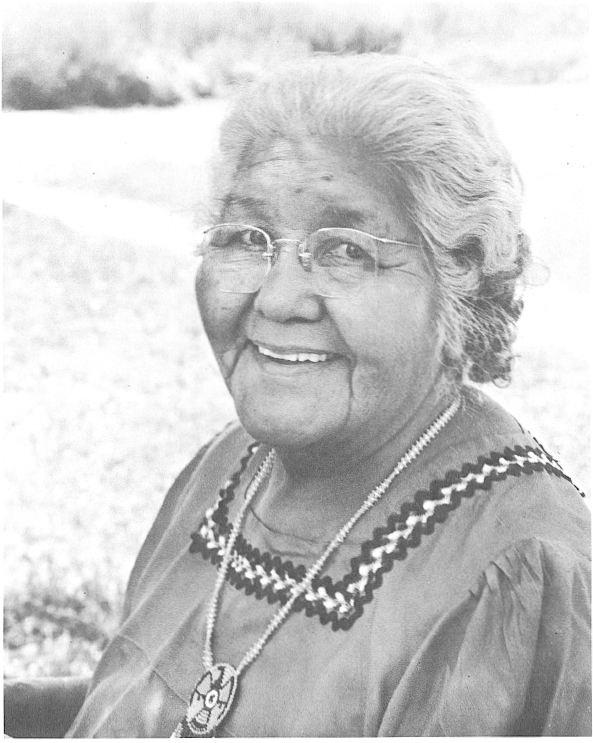My Indian Hall of Fame
How I WISH I COULD round out my narrative with the fascinating life stories of allthe numerous individuals who have aided and inspired me in the course of my Pimapast. But I have been blessed with the friendship of so many great people! I am forcedto make choices; whom should I single out?
Perhaps the best criterion is cultural adjustment I will include here those whoselives have shed special light on the process of bridging the gap between two culturesand living together in brotherly love. Because of the limits of space, I must stillneglect many dear friends and relatives who have indeed contributed much in theseareas. They are all so kind and encouraging; surely they will understand and forgiveme.
I have entitled this section My Indian Hall of Fame, but this does not mean thatall the individuals described here are Indians or even famous in the sense of worldlyrecognition. Some are well known, while others are celebrated only by me; some areIndians, while one is a non-Indian who has thought more like an Indian and contributedsignificantly to our Indian culture.
Here then, is a short collection of biographies and vignettes. May they complementand add to the story of my life, promoting yet deeper understanding of our greatPima past.
A.M.S.
Wasaja: Dr. Carlos Montezuma
IN CENTRAL ARIZONA there is a mountain range on the south end of which Mother Naturehas roughly formed four sharp peaks. The Pimas of old called the range the Mazatzal(Snaggle Teeth); the white man named the south end Four Peaks.
When I gaze at the majestic Four Peaks from my Salt River home, the events of a long-agosaga parade before me. I think of the little Apache lad named Wasaja (Beckoning),who was taken prisoner by the Pimas in 1872 at a place called Black Mesa under theshadow of Four Peaks.
Mixed emotions of heartache and joy overwhelm me when I picture the boys mother.What if he had been my small son? The Apache woman never saw her little Wasaja afterhe was taken from her at the tender age of five, and she did not live to learn theincredible destiny her boy was to follow.
Wasajas unfortunate mother must have put her son to bed with the usual tender wordsthat fateful night in 1872. Probably she and her friends had to quiet snickeringand call a halt to pranks before their children finally went to sleep; it was summer,and they had walked for miles to this mountainous place to gather the sweet mescalshoots, which were just right for roasting. The excitement of the temporary campand the anticipation of the delicious roasted a ' u t always put everyone in a holidaymood.
The Pima braves who saw the Apache wickiups, which had grown up like mushrooms besidethe flowing creek, were not so merry. Their hearts were filled with the bitternessof revenge for the painful personal losses and crop failures they had suffered dueto Apache raids. As soon as they had found a moment free from their fields they hadheaded for these mountains, for they knew that the Apaches, just like the Pimas themselves,could not resist the temptation of mescal ripe for roasting. Surely this area wouldbe the place to find a poorly protected party of Apache squaws and children out gatheringthe delicacy. Pima revenge would be quick and sure.
The warriors waited until the black of night, when the Apache campfires glowed likelittle red stars and the smoke from the a'ut roasting pits curled up gray againstthe sky. Then they crept into the camp and all at once shouted their terrible warcries.
Imagine the womens frightened scurrying and hopeless attempts to save their children!Actually, they need not have feared for their lives, for it was Pima custom to adoptwomen and children captives. They were never tortured but treated with all possiblekindness.
However, these were days of great poverty for the Indians. Despite his good intentions,sometimes a Pima captor was unable to provide his prisoner with food and other necessitiesof life. When this happened he had but one logical alternative: sell the captiveand use the money to provide for his own family.
Such was the fate of little Wasaja. Just as the five-year-old was adjusting to lifein a small village near Sacaton (some say it was Blackwater), and getting to knowhis new Pima playmates, he was taken to S-auppagk (Many Cottonwood Trees), the whitemans city of Florence, on horseback in the company of three Pima men.
Here Providence kindly interceded in our little heros life. It so happened thata young Italian named Charles Gentile was taking a morning stroll down the dustyFlorence main street just as the Pimas entered town with their little captive. Aman of great culture and some affluence, Mr. Gentile had been educated in the bestItalian schools. Later he had taken his share of his inheritance and left to seekhis fortune in America, where he became one of the founders of the Chicago Art Institute.He had traveled west on business and was about to return to Chicago in a prairieschooner when he was accosted by the party of Indians.
The Italians face must have registered shock when he realized what the Pimas wereproposing. That Wasaja was not one of their tribe was obvious from the start, forthe child still wore his Apache buckskin and moccasins. Later, as the conversationproceeded in Spanish, it became clear that the Pimas were asking the sum of thirtydollars for the boy. Mr. Gentile was a devout Catholic, and such bargaining musthave struck him as strangely pagan and barbaric.
Who knows what finally prompted the young art dealer to reach into his pocket forthe correct sum to pay for the little Apache. It could have been loneliness, forCharles Gentile was a bachelor. More likely it was compassion, perhaps mixed witha strange prompting from Above. After all, the tale is strangely reminiscent of someof the stories contained in the Old Testament.
In any case, Mr. Gentiles first act was to take Wasaja to his room and give hima good hot bath with a bar of soap. How odd this must have seemed to the little boywho had heretofore bathed only in the cold waters of a river! Next came a changeof apparel a white mans cloth shirt and trousers replaced the buckskin suit andmoccasins the childs mother had lovingly made with her own hands.
The third great change was in Wasajas name. Mr. Gentile took his little charge tothe Catholic church, where the priest baptized him and christened him Carlos Montezuma,a name that would someday instill pride in the hearts of his Indian people.
Finally came the change of place. Mr. Gentile helped little Carlos up to perch onthe prairie schooners high seat, and the two set out for far-away Chicago. As thecovered wagon left Florence, a touching scene occurred. From the window of a rowof adobe houses, the Apache child heard his Indian name called Wasaja! Wasaja!He turned to see his two sisters waving at him. The innocent little boy gave thema happy smile he had no idea that this was to be the last time he would see hisdear ones. (Both sisters also had been captured in the surprise Pima raid at BlackMesa. One was eventually taken to Mexico, where she married a Mexican. The otherwas taken to California.)
During the long journey Mr. Gentile began to teach little Carlos the English language.The boy soon learned to hold the reins, uttering, Go, horsey, go! He always felta thrill when the horses trotted faster at his command.

